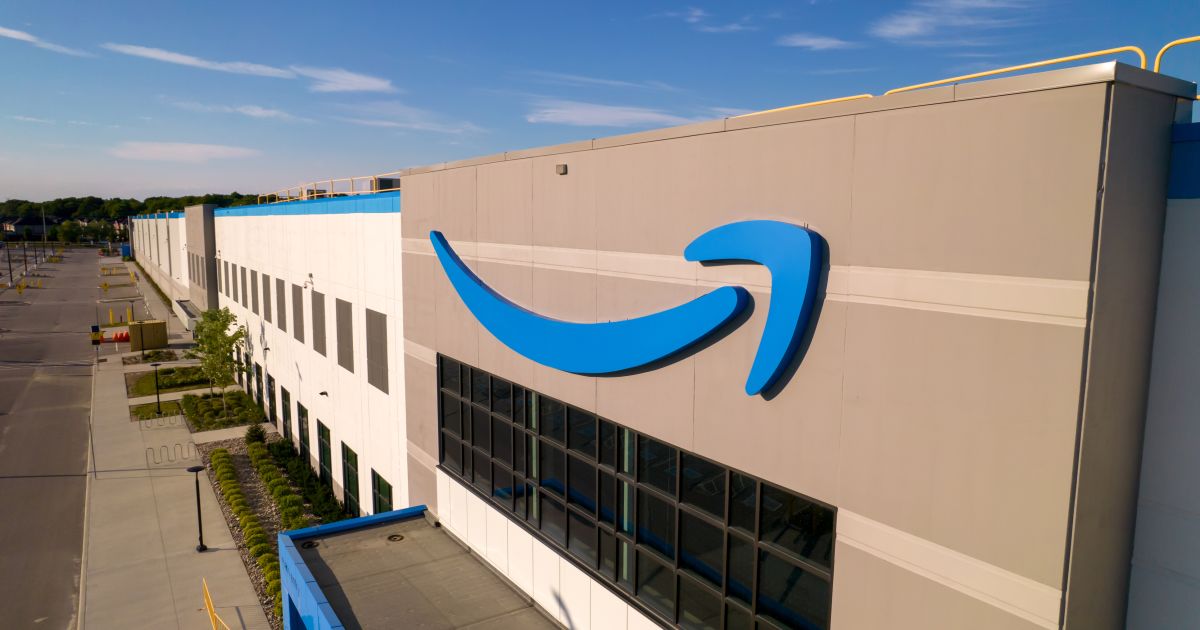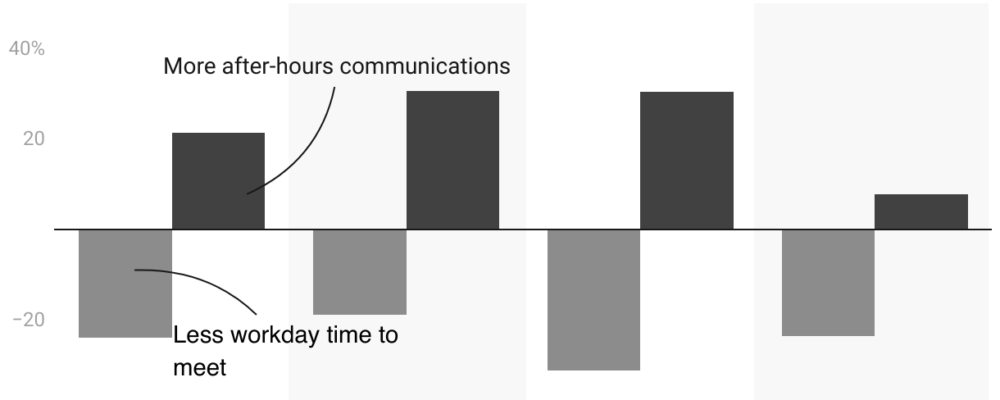When unionization rumors begin, most companies react by throwing money at the problem. But that won’t halt the drive if workers feel mistreated or ignored, as Amazon found out.
The company boosted hourly wages and benefits for warehouse workers, but many employees continued to call for union intervention. They said the company disregarded their concerns that they were being monitored, overworked, and in some cases, placed in unsafe environments.
“Yes, they want a livable wage. But more than that, every employee we spoke with was asking to be treated with dignity and given a voice,” says Reshmaan Hussam, assistant professor at Harvard Business School, who examined employee complaints at Amazon warehouses for a recent case study. “When we refer to them as ‘labor,’ we often forget that managers and workers are equally human. Labor is not a disposable resource.”
“Amazon is a good example of why material incentives are often not enough for workers.”
It’s a message more companies may have to heed. While union membership hit a low of 10.1 percent in 2022, according to government data, organizing increased amid growing inequality concerns. Plus, the COVID-19 pandemic ignited a new wave of resentment between employees and employers, including those at Amazon, as many essential workers pushed back against working in what they considered grueling, unsafe conditions at a time when demand for online retail and fast delivery surged.
Hussam, HBS Senior Lecturer Trevor Fetter, and Grace Liu, a research associate at HBS, decided to study Amazon to learn more about the root causes of labor strife in the US. They chose the retailer because it’s considered a leader in pay and benefits for workers at fulfillment centers.
“Relative to its competitors, Amazon is at the forefront on the material side,” says Hussam of employee compensation. “But Amazon is also a good example of why material incentives are often not enough for workers.”
Increasing the minimum wage won’t cut it
Since its founding by Jeff Bezos in 1994, Amazon, now the second largest employer in the US, has tried to tout itself as a “cool” and “risk-taking” company that strives to be the “Earth’s best employer,” according to the “Amazon and the Future of Organized Labor” case.
Over the years, Amazon, which employed 1.6 million people worldwide in 2022, has won praise for its innovative success, but the company has also racked up criticism for alleged anti-competitive practices, failure to pay income taxes in some years, and subpar working conditions at its warehouses, according to the case study.
At a company with the leadership principle “speed matters,” Amazon warehouse employees and union organizers have regularly complained of exhausting, quota-driven work shifts. Employees have reported getting few breaks, often avoiding using the restroom to keep up with the pressure of meeting expected targets, and workers have said they walked as much as 15 miles a day.
Meanwhile, managers digitally tracked where workers were located at all times, the pace of their work, and their productivity levels, and the consequences for falling short of expectations were severe. For example, using the monitoring technology, Amazon fired about 300 workers—more than 10 percent of its staff—in a Baltimore facility in 2018 for failing to meet productivity goals.
Injuries were also common. In 2018, 23 of the company’s fulfillment centers reported about 10 serious injuries per 100 employees, more than twice the industry average of four. And in 2019, Amazon was listed as the most dangerous place to work by the National Council for Occupational Safety and Health after six worker deaths were reported in the US that year.
Workers’ mental health suffered as well. Emergency medical providers were called to US fulfillment centers nearly 200 times between 2013 and 2018 for suicide attempts, suicidal thoughts, and other mental health episodes. Police reports showed that employees considered harming themselves with box cutters or jumping from upper floors of Amazon’s buildings, according to the case. In one survey of workers at fulfillment centers in the UK, 55 percent reported developing depression since working at Amazon.
Amid public criticism about stressful working conditions and non-livable wages at warehouses, Amazon decided in 2018 to raise its own minimum wage to $15 an hour, more than double the federal minimum wage at the time. “We listened to our critics,” Bezos said in 2018. However, Amazon also informed its hourly workers that to cover the cost of the pay increase, the company would eliminate monthly bonuses and stock awards.
Criticism continued to mount, as outside unions urged the Federal Trade Commission to investigate Amazon’s workplace practices; Amazon had faced about 50 unfair labor-practice cases filed against the company as of 2019.
COVID intensifies labor concerns
All of that labor strife occurred before the 2020 outbreak of COVID-19, which increased demand for Amazon’s home delivery and exacerbated stressful working conditions at warehouses. Employee attendance at some fulfillment centers plunged by 30 percent in the pandemic’s early months as workers feared contracting the virus, the case notes.
Union organizing activity in warehouses became more intense and focused during the pandemic, led by previously established or newly formed unions in some states, notably Alabama and New York.
Isaiah Thomas, for example, was initially excited to land a job at Amazon in 2020 to help pay for food, rent, and his tuition at the University of Alabama, Birmingham. “But the day I started, I realized something was wrong,” he says in the case. “It literally felt like we were cattle.” Thomas joined organizing efforts in 2021. “When I learned about the union, I was all in,” he says. “Giving workers the ability to have a voice in the workplace and a sense of control over our own work, that’s what this is about.”
In April 2022, workers at warehouse JFK8 on New York’s Staten Island, where a prominent union organizer had been fired, voted to join the recently formed Amazon Labor Union (ALU). But in Bessemer, Alabama, a first vote to unionize produced complaints that managers intimidated workers to vote against the union, which led to a second vote that remains undecided as hundreds of ballots are being contested.
After multiple union organizers lost their Amazon jobs, a federal judge in November 2022 ordered the company to “cease and desist” from retaliating against workers who were attempting to organize in the workplace.
Ultimately, Hussam says, the sometimes-bitter unionization campaigns at Amazon resulted in only modest gains for union organizers, with workers at only one warehouse voting to join a union. And that Staten Island union has yet to successfully negotiate its first contract, she notes.
At the heart of the problem: power and incentives
Still, Amazon has suffered some reputation damage as a result of the conflicts. Looking back, was the company responsible for bringing on the bitter labor battles that have marked the past five years—the warehouse worker walkouts, one-day strikes, labor practice complaints, union organizing, and rising employee absenteeism?
In some ways, yes, Hussam says, since Amazon was naïve to think it could avoid a confrontation with slightly better pay and benefits. Leaders should consider reflecting on the following questions:
Are managers’ and workers’ incentives aligned? Ideally, employees should be on the same team. But that wasn’t the case at Amazon, where managers’ productivity quotas encouraged them to compromise employee safety.
“When incentives aren’t aligned, these relationships will necessarily be antagonistic,” she says. How can companies align incentives? “Bring employees into the decision-making process; give them voice in a form that cannot be legally or structurally ignored.” She notes, for example, that workers in Germany often serve as voting members on corporate boards of directors.
Is the manager-employee power balance out of whack? Money alone won’t fix the dysfunction that festers when employees feel exploited by managers who take advantage of their position.
In the case, Thomas, the Amazon warehouse worker and union organizer in Bessemer, Alabama, complained about a power imbalance at Amazon warehouses. “Money isn’t the issue for Amazon,” he says. “I believe it’s power. Having the control and the obedience of your workers to get the production rate to meet your goals.”
Hussam agrees, saying an “extreme power imbalance” favors management at Amazon. She says other US companies also suffer from this imbalance, a problem that’s not as severe in other comparably industrial nations.
“These union organizers are seeking dignity, but their deeper goal is structural: a more balanced distribution of power between managers and workers,” Hussam says. “A living wage is necessary, but insufficient. Kindness matters, but it isn’t enough. Organizing efforts are trying to pave a path for structural change.”
“Harvard Business School is the graduate business school of Harvard University, a private research university in Boston, Massachusetts. It is consistently ranked among the top business schools in the world and offers a large full-time MBA program, management-related doctoral programs, and executive education programs.”
Please visit the firm link to site




